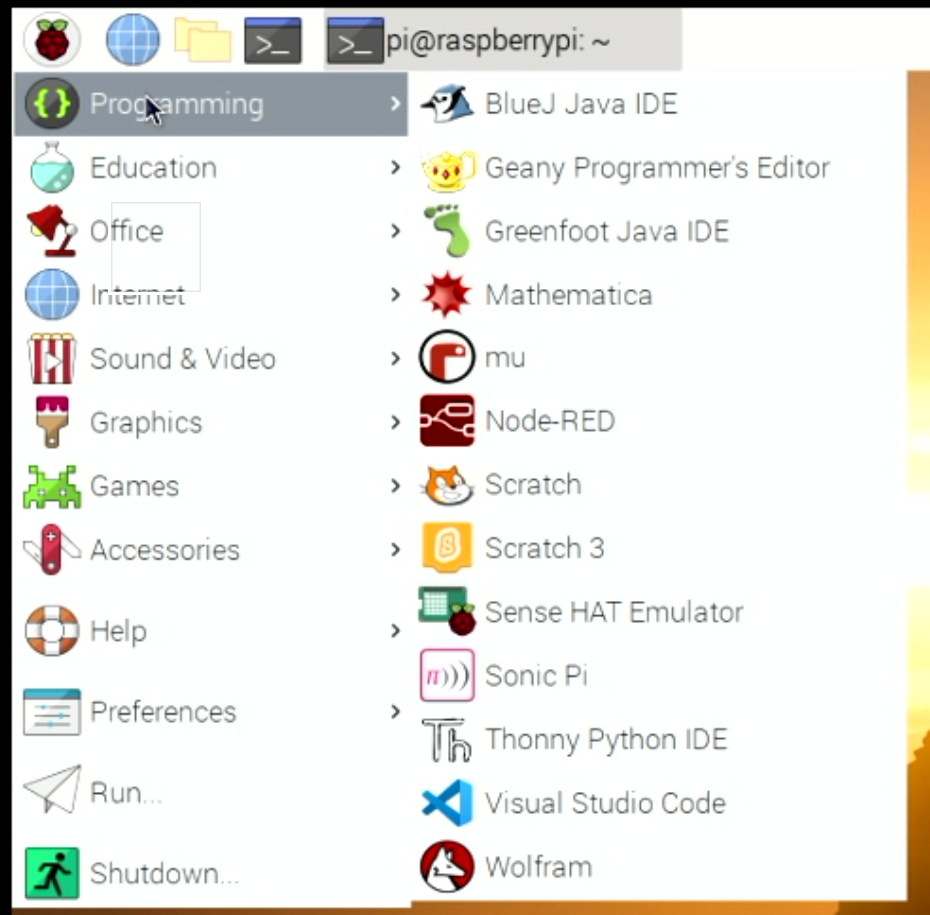The Pie Face Canon
/As part of my Red Nose Day presentation I’m making a remote controlled “pie face canon”. The pie flinging mechanism is a canon from a pie face game that you load up with whipped cream and then fire. I want to people to be able to control it from the internets and maybe even hit me in the face with it. No idea why. Perhaps it is the technical challenge.
And technical challenge it is. The biggest problem is that when the mechanism is cocked the back tension from the spring loaded piston is considerable, so you have to pull quite hard on the trigger to fire it. And Lego Technic is not very good at pulling hard on things. What happens instead is that the mechanism comes apart. Which is fun to watch but ultimately not that useful.
In typical idiot fashion I solved all the easy problems first. I can move the canon up and down and left and right by remote control. But I can’t fire it yet. A proper engineer (which might be me next time - who knows?) would have solved the mission critical part first and then added the gold plating later. At the moment it works sometimes..




























